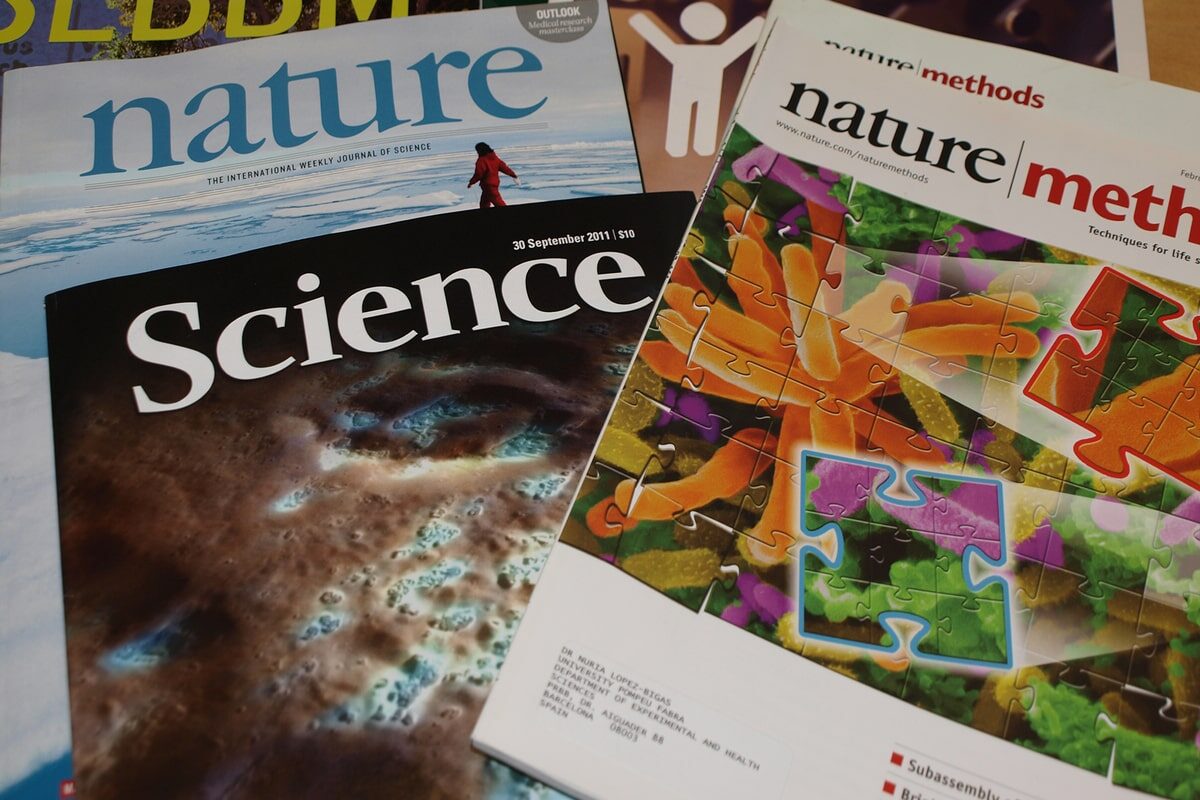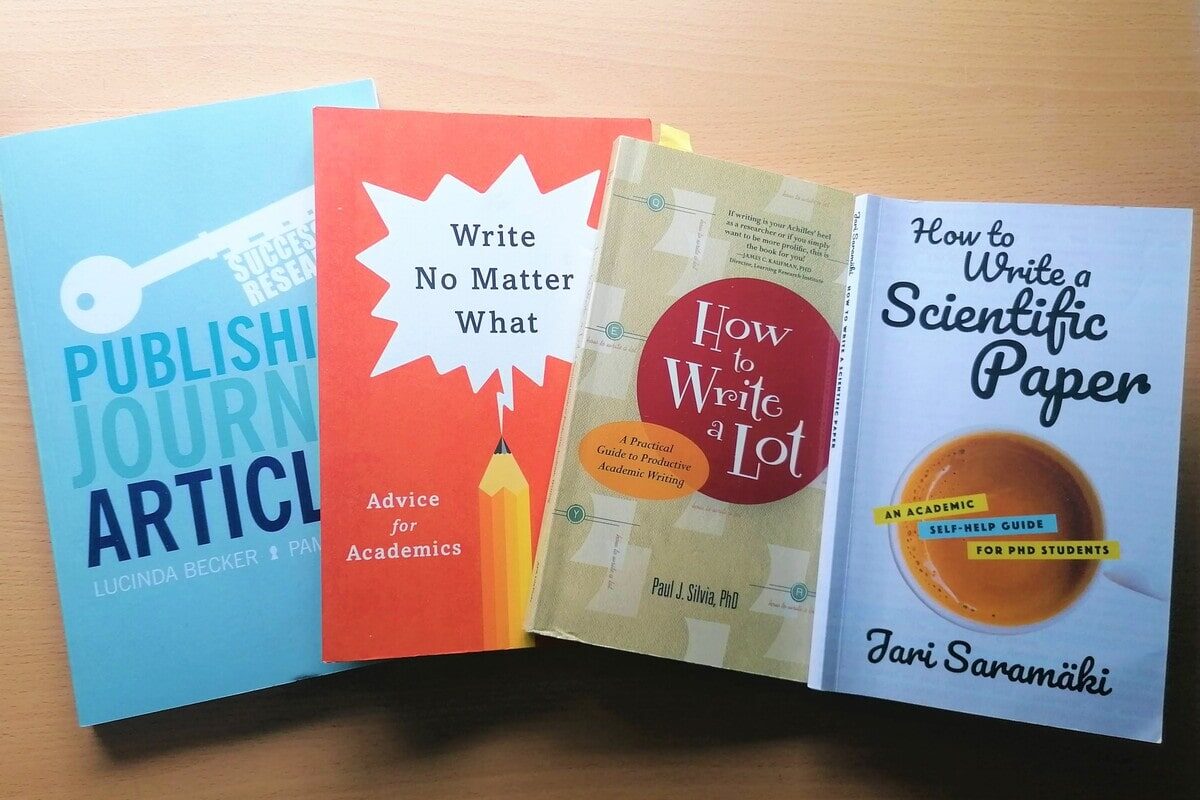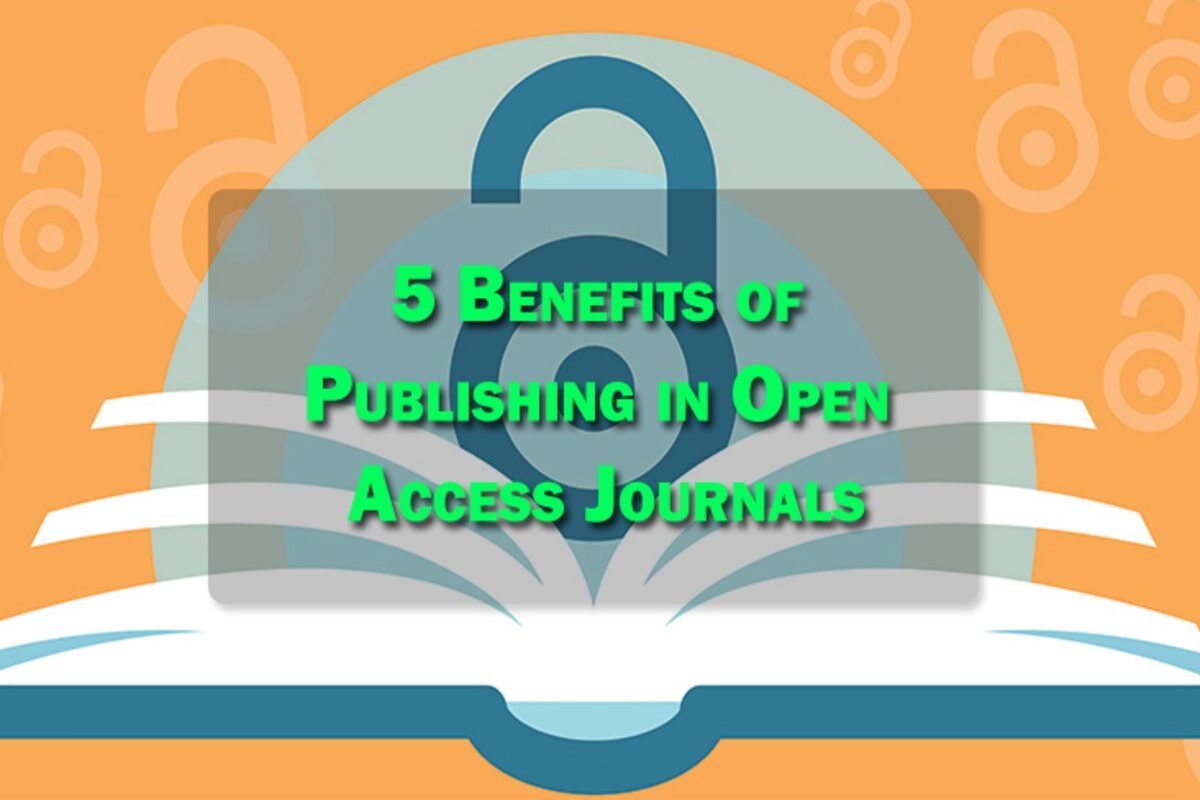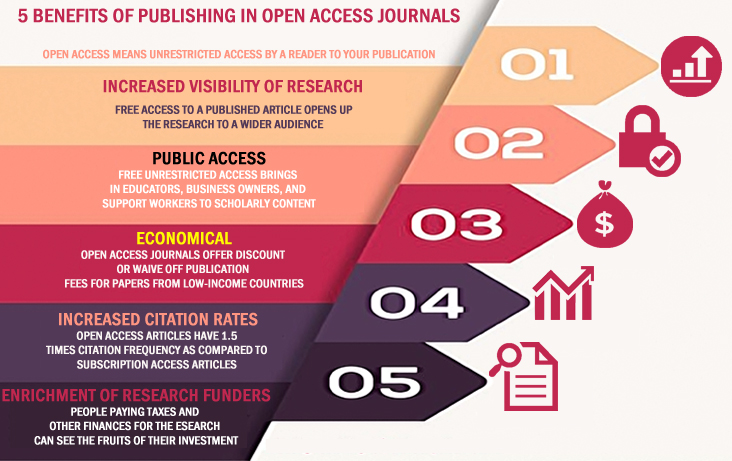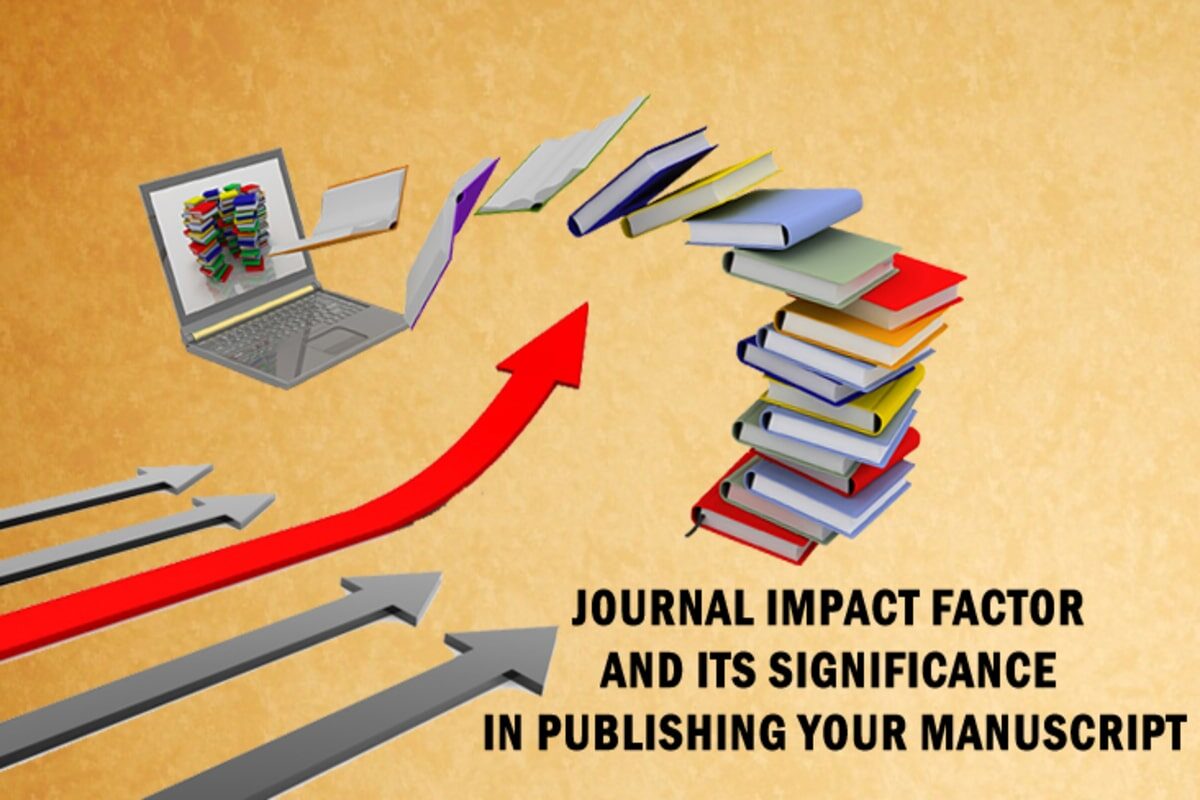What are Predatory Medical Journals?
Predatory medical journals are the journals that publish the research article without any peer-review of the article. These journals do not provide editing services and charge a fee for publishing the article. Jeffrey Beall first used the term ‘predatory journal’. These journals normally have quick turnaround time to publish the article as compared to other high-quality journals. Although Article Processing Charges (APCs) are also required for open access journals they have the process of critical peer review and editing services. Due to poor or absent peer review process, the quality of research articles published in predatory journals is poor as compared to high-quality journals. Despite much of the talking about the illegitimate work done by the predatory journals and increasing awareness about these journals, the number of publications in such journals is increasing and the number of such journals almost increases 4-5-fold between 2010 to 2015.
How you should Avoid Publication in Predatory Medical Journals?
Publishing the articles in a high-quality medical journal gives a feeling of pride and escalation on the career ladder. On the other hand, falling in the trap of predatory journals may bring a feeling of disgrace, dissatisfaction, and embarrassment. Thus, it is important to identify whether the target journal is predatory or not. Although there is no set of rules that allows the researcher to instantly conclude. Certain characteristics are normally present in most of the predatory journals. These characteristics are:
Unscrupulous marketing tactics: If you receive an e-mail with strongly persuasive language for getting your article published, critically analyze the available information about the journal. Publishing in such a journal may be a wastage of time and money.
Poor quality peer-review and editing: The predatory journals exist only for a motive to make money. To fulfil their motive, they are ready to publish almost every research article with a fee from the author. These journals have poor or no peer-review process. The author should avoid such journals as their authenticity is questionable.
Article-processing charges: Most of these journals hide the article processing charges. After submitting and acceptance of the article, they suddenly send an unexpected invoice. Make all the cost clear before approaching these journals.
Open journal or listed in the DOAJ: Most of the authentic journals are open journals. These journals are listed in Directory of Open Access Journals. If the target journal is not listed in DOAJ, the quality of the journal is questionable.
Medline indexed: Make a search related to the target journal on the NLM catalogue. If the journal is not indexed in Medline, the quality is questionable. However, there may be other reasons for not indexing in Medline.
No credible website or clear contact information: If the website of the journal is not appropriate with lots of grammatical mistakes and images procured from other sources, the journal may be predatory. Lack of clear contact information also creates doubt on the credibility of the journal.
Deceptive title of journal: If the title of the journal is similar to the title or older traditional journal or includes the terms “world” or “global”, make all your doubts clear before submitting an article.


